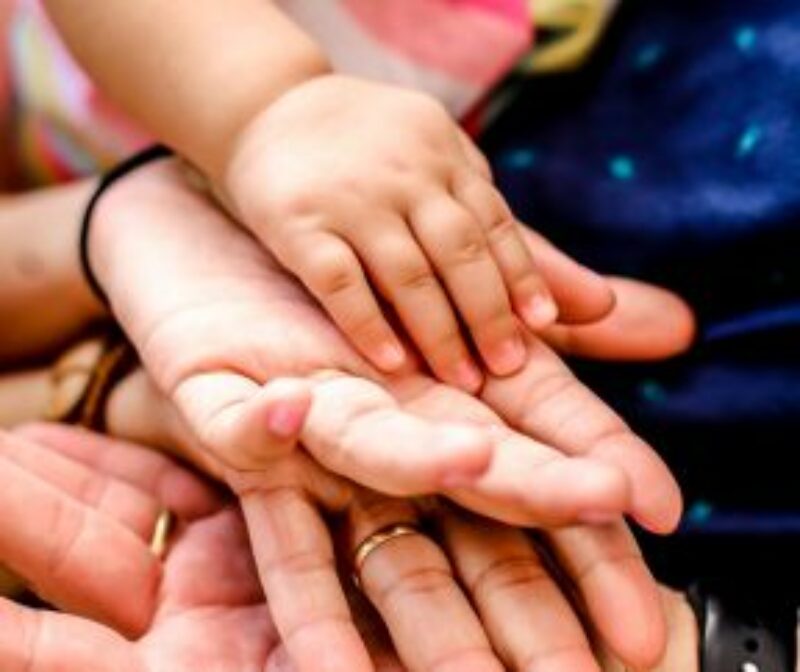We can help our kids regulate their emotions, but we must start with ourselves
When our kids experience emotional distress (anger, disappointment, sadness, throw tantrums), it can trigger many different responses within us based on our own childhoods and the way we were treated when we felt these same overwhelming emotions. If we were ignored during these stressful times or met with anger by parents who did not have the capacity to handle our emotions (and may have had trouble processing their own), we may also have difficulty being a calming presence for our kids. But that is the very thing our kids need the most when they are in distress—a calming presence for their nervous system to mirror.
The good news is that through reflection and perhaps some extra outside guidance, we can learn this skill and show up in more helpful ways for our kids.
Co-regulating with our kids does not mean there will be fewer distressing moments—it means they will gain the skill to soothe themselves as they mature.
Based on their research, Drs. Dan Siegel and Tina Bryson developed the concept of the 4 S’s—safe, seen, soothed, and secure—as guideposts to help parents show up for their kids in difficult moments.
The 4 S’s
These 4 S’s are a practical way to frame out what offering co-regulation looks like. When we can engage our own emotional fortitude and offer our kids these consistently to our kids, over time they internalize these feelings, resulting in greater resiliency and self-soothing abilities.
Safe: This means feelings of physical safety, of course, but also emotional safety, where kids know that even when they are in distress or not at their best, we are an available, calming presence. When kids feel safe with us, their nervous system is able to settle down as they match our emotional stability.
Seen: When kids are in distress, they want their parents to express empathy and comfort, even if it may not be in the middle of the moment itself. They do want us to see beyond the pure emotional reaction to the deeper meaning behind it. Of course, they cannot express this in words, but when we are able to help them identify the root of their feeling, they are not only able to process these moments, but know that we see and support them.
Soothed: Sitting alongside our kids as a calming presence when they experience internal distress might be the lowest effort/highest reward S. When they are struggling emotionally, the mere closeness of someone who is not is profoundly soothing. Soothing doesn’t mean fixing the problem, it amounts to being a steady presence that they can attune to.
Secure: When we have built a rapport of emotional availability and stability with our kids, they develop a secure relationship with us—we become an anchor for them. In turn, they begin to internalize the messages of the S’s—learning to show up for themselves in these ways—and can then externalize them in their relationships with others throughout their lives. With this strong anchor, they are empowered with confidence, meaning, and resiliency into adulthood.
Consider: Reflect on the 4 S’s—how do you give them and how have you received them?
This practice is from The Power of Showing Up
Continue Exploring

Emotions
A Practice: Using the 4 S’s to Reflect on our Childhood
The "north star" of parenting is to help our children feel safe, seen, soothed and secure. Learn more about this approach developed by Drs. Tina Bryson and Dan Siegel.

Thriving
The Latest Parenting Research on Raising Resilient Kids
How do we raise more resilient kids? What advice can we get from research? Thrive writer, Amy Dunn explains.

Mindfulness
Mindful Parenting Practices for Stressful Times
We share 4 mindful parenting practices to help parents become more engaged and less stressed when interacting with teens.

